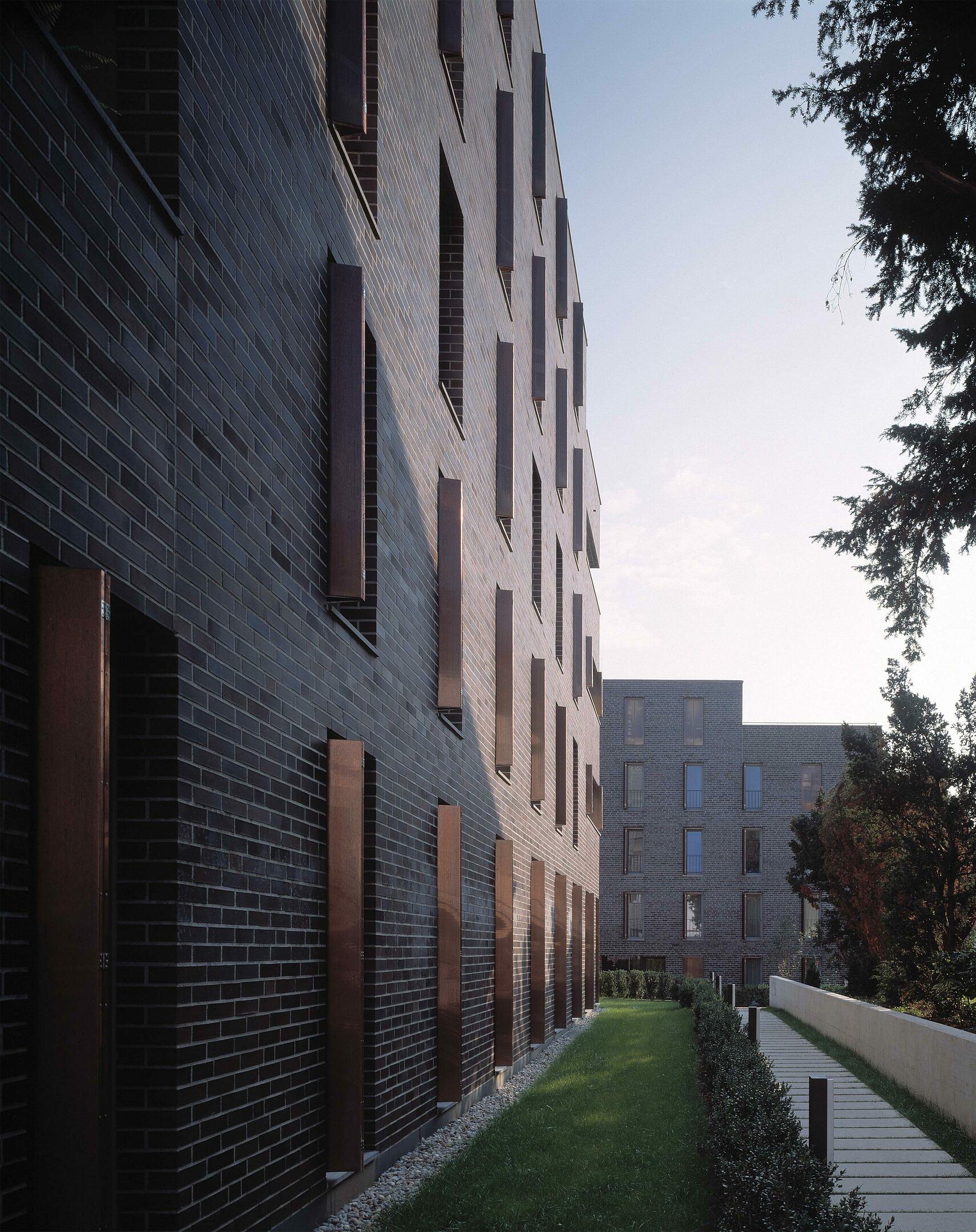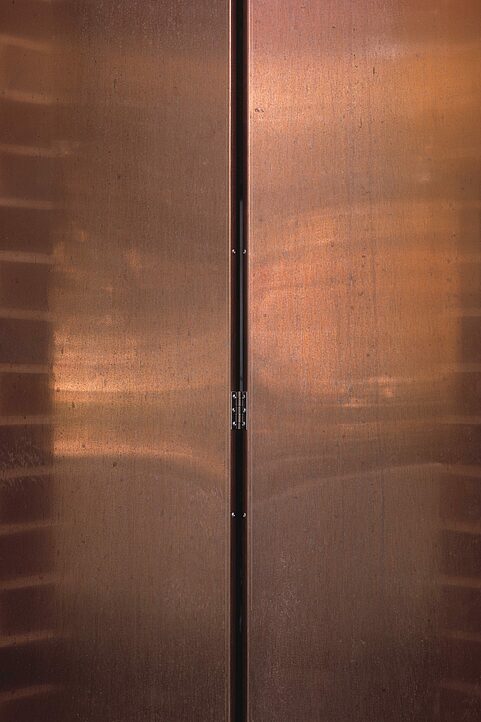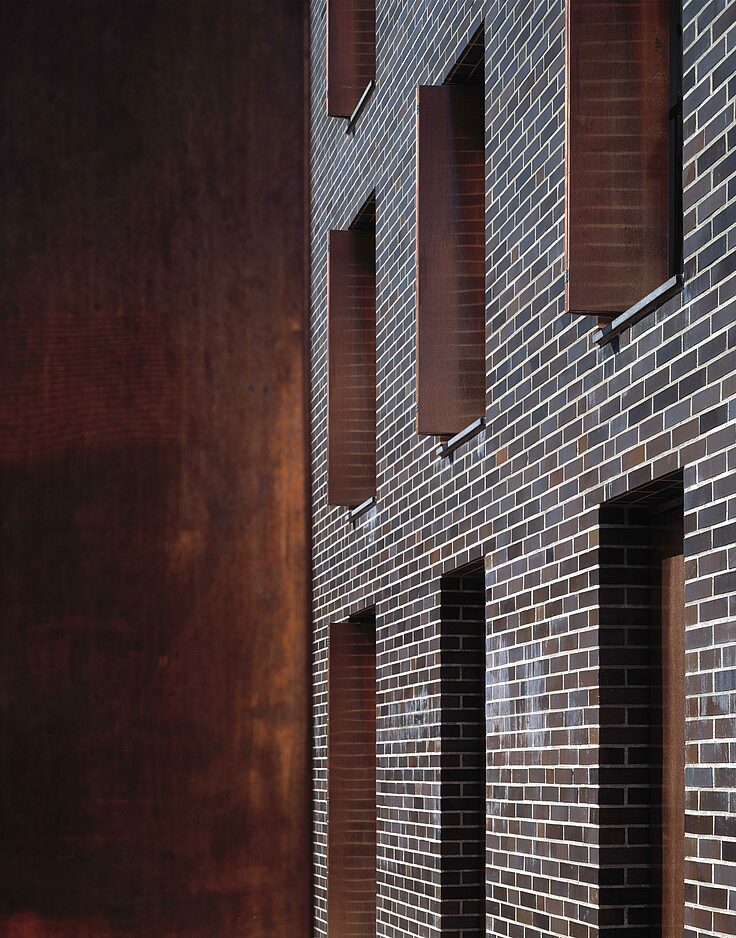More content
Residential

A residential development that delivers architectural mediation. The Mozartstraße area of Dornbirn is characterised by contrasting building sizes and historical styles, by the meeting of town and village. An urban interface at which a new development was to ensure transition and urban density.
Despite the complex starting point, the new development blends sensitively into its environment. Two compact, five-storey blocks with clean rectangular lines are set back on their landscaped site, referencing the spatial composition of the neighbouring villa from the turn of the last century. Together with the carefully scaled spaces between them, these offset structures form islands of calm in a disparate sea of buildings.
Transparency and density, solidity and options
The uniform building shells, free of surface projections, create a soothing and balanced effect, the integrated private open spaces and reduced top-floor footprint presenting an open and varied face to passers-by. The compact blocks combine transparency and density, radiating calm and solidity in a disparate environment. The development also offers room for manoeuvre in terms of future planning options.
Insights
Dark-coloured clinker bricks and folding copper shutters lend the otherwise restrained ensemble a subtle touch of luxury.


A certain restrained elegance characterises the development thanks to the uniform block design, the tall, narrow window openings and dark clinker-brick façades. The clinker takes its colour cue from the next-door villa and makes reference to a local tradition of fair-faced brickwork. The clinker brick, hard-wearing and low maintenance, was chosen for practical reasons, the folding copper shutters, the second striking feature of the façade, for the nuanced response they allow to sunlight depending on the weather conditions.
Half-open, flexible floor plans
Inside the blocks, the apartments are configured around a central, top-lit stairwell ensuring that each apartment faces in two different directions. Cut-in verandas at the corners provide scope for additional openings. Wet areas are located directly adjacent to the core and kitchens are almost always open to the living space.